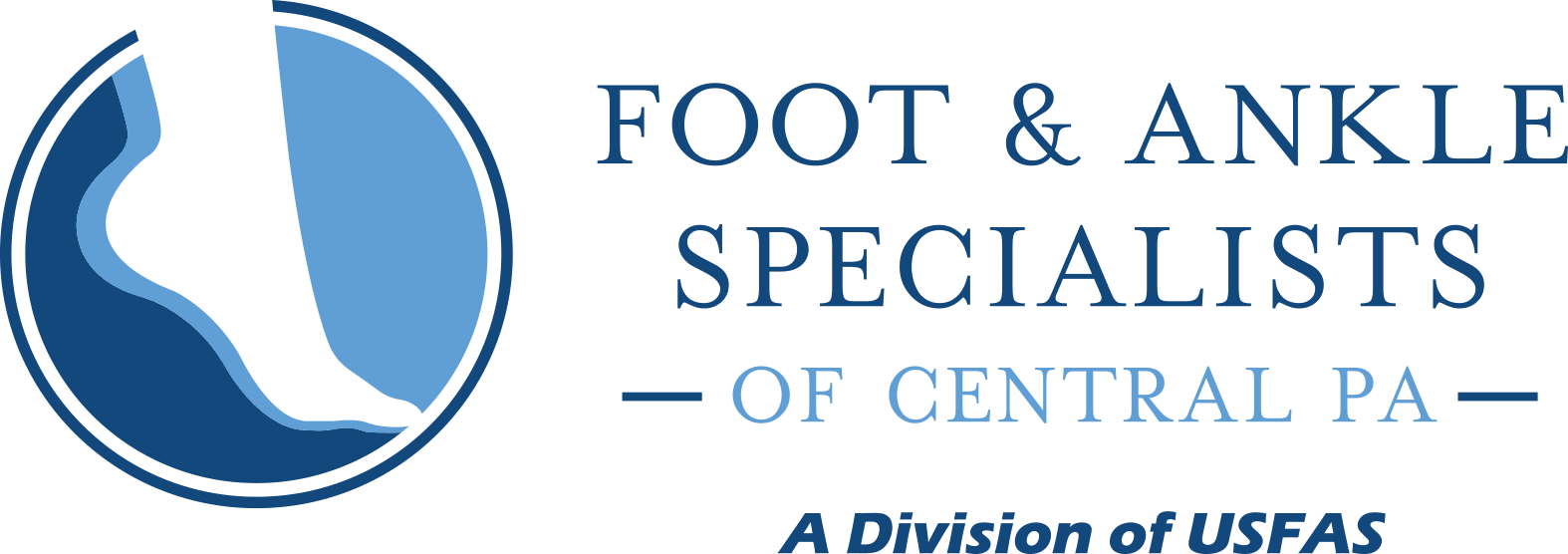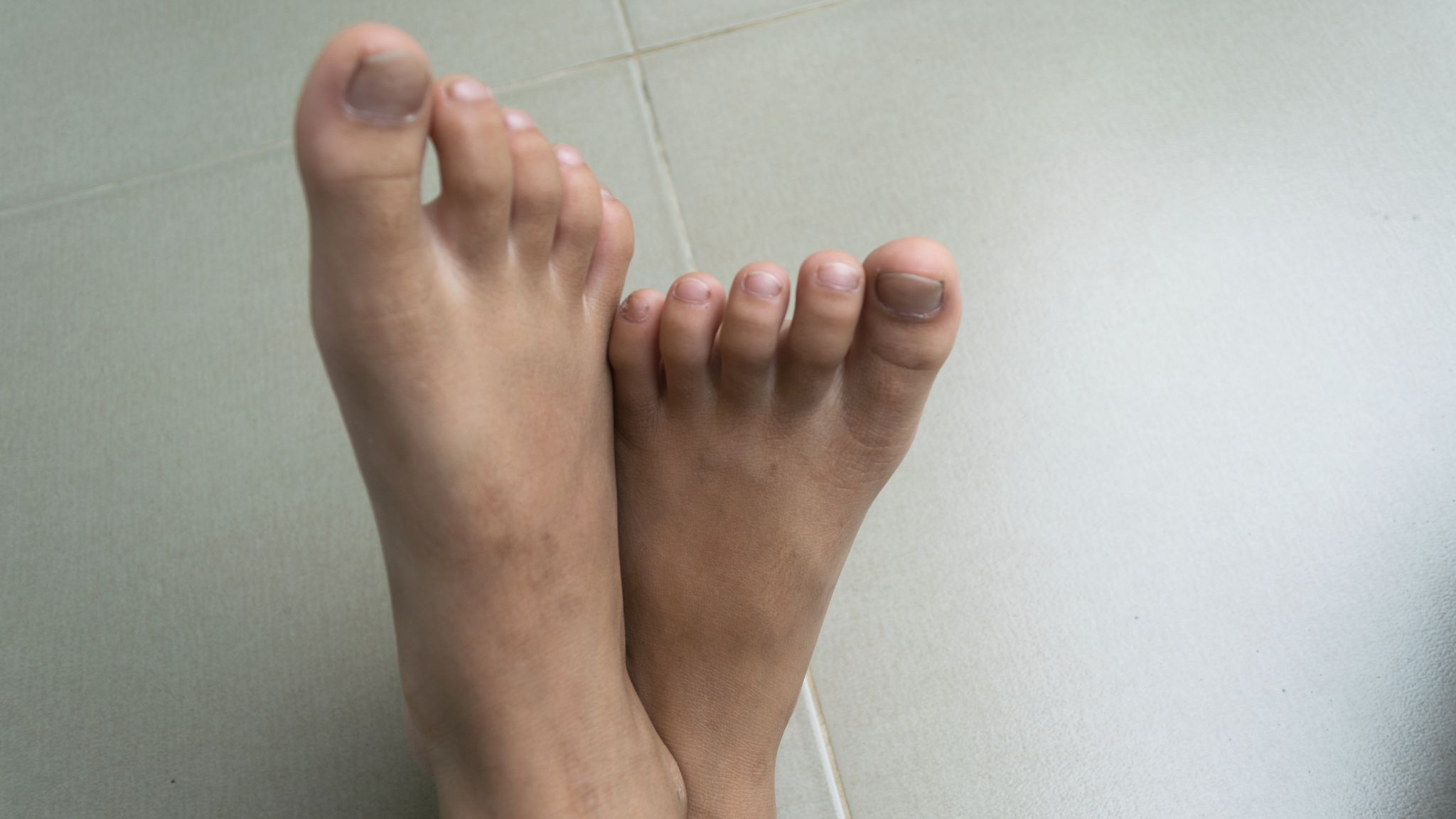PAD and Diabetic Foot Care
Diabetes, a complex and pervasive condition, has a profound impact on various aspects of your health. One often underestimated aspect is its effect on your feet. In this extensive guide, we’ll delve deep into the critical importance of comprehensive diabetic foot care and its intricate connection with Peripheral Arterial Disease (PAD). By gaining a thorough understanding of these interrelated factors, you can take proactive measures to safeguard your well-being and prevent potentially life-altering complications.
Understanding Peripheral Arterial Disease (PAD)
Peripheral Arterial Disease, commonly referred to as PAD, is a vascular disorder characterized by the narrowing or blockage of arteries, primarily in the legs. This condition arises due to the accumulation of fatty deposits within the arteries, restricting blood flow to the extremities. While PAD can affect anyone, individuals with diabetes are at a significantly heightened risk of developing this condition.
Understanding Peripheral Arterial Disease (PAD)
Peripheral Arterial Disease, commonly referred to as PAD, is a vascular disorder characterized by the narrowing or blockage of arteries, primarily in the legs. This condition arises due to the accumulation of fatty deposits within the arteries, restricting blood flow to the extremities. While PAD can affect anyone, individuals with diabetes are at a significantly heightened risk of developing this condition.
The Complex Link Between PAD and Diabetes
The connection between PAD and diabetes is intricate and multifaceted. Several factors contribute to this association:
Elevated Blood Sugar Levels: Diabetes, particularly when poorly controlled, can inflict significant damage on blood vessels and nerves, causing them to deteriorate progressively. This vascular and neural damage exacerbates the impact of PAD, rendering it more severe in individuals with diabetes.
Coexisting Risk Factors: People with diabetes frequently grapple with additional risk factors closely associated with PAD. These factors include hypertension, elevated cholesterol levels, and obesity. The synergy of these risk factors substantially increases the likelihood of developing PAD in individuals with diabetes.
Shared Symptoms: Both PAD and diabetes can manifest symptoms such as numbness, tingling, pain, and impaired wound healing. These overlapping symptoms can complicate diagnosis, underscoring the importance of comprehensive screening for individuals with diabetes.
Diagnosis of PAD
Timely and accurate diagnosis of PAD is crucial for effective management. Healthcare providers employ various diagnostic tests and procedures, including:
Ankle-Brachial Index (ABI) Measurements: A non-invasive test that compares blood pressure in the arms to that in the ankles. A lower ankle pressure may indicate potential PAD.
Doppler Ultrasound: This imaging technique utilizes sound waves to create images of blood flow within the arteries, aiding in the identification of blockages and assessing blood flow.
Angiography: An advanced imaging procedure involving the injection of a contrast dye into the arteries, followed by the use of X-rays to visualize blood flow and identify blockages.
These diagnostic tools play a pivotal role in determining the severity of PAD and guiding appropriate treatment decisions.
The Crucial Role of Foot Care in PAD and Diabetes
Comprehensive foot care is indispensable for individuals living with diabetes and PAD. Here’s why meticulous foot care is pivotal:
Preventing Complications: Diabetes often leads to neuropathy, a condition characterized by nerve damage. This neuropathy results in a loss of sensation in the feet, making individuals less likely to notice injuries or issues. When coupled with impaired circulation due to PAD, the risk of injuries going unnoticed and developing into severe infections increases significantly.
Facilitating Efficient Healing: Adequate blood flow is vital for the efficient healing of wounds and injuries. Poor circulation hampers the body’s ability to deliver essential nutrients to the feet, leading to delayed healing of cuts, sores, and ulcers.
Risk Mitigation: Regular foot inspections are essential to detect problems early, preventing minor issues from escalating into life-altering complications, such as amputations.
Comprehensive Diabetic Foot Care Practices
To maintain optimal foot health, individuals with diabetes should adopt a comprehensive foot care routine. Here are some essential practices:
Daily Foot Inspections: Make it a daily habit to examine your feet for any changes in skin color, temperature, or integrity. Look for signs of corns, calluses, dry or cracked skin (especially around the heel), ingrown toenails, leg pain, draining or slow-to-heal sores, swelling in the foot or ankle, toenail fungus, unusual foot odor, or warts. Use a mirror or seek assistance if necessary.
Proper Foot Hygiene: Wash your feet gently with warm (not hot) water. Trim toenails straight across to prevent ingrown toenails. Thoroughly dry each foot, paying particular attention to the spaces between the toes where moisture can accumulate. Apply lotion to the top and bottom of your feet, but avoid applying it between the toes.
Appropriate Footwear: Wear well-fitting socks or slippers indoors, and always opt for supportive, comfortable shoes when outside. Proper footwear is essential to prevent issues related to pressure and friction.
Maintaining Circulation: Promote healthy circulation by elevating your feet when seated, wiggling your toes throughout the day, and staying physically active. These practices can help improve blood flow to your extremities.
Contact Us Today
Don’t let heel pain keep you from enjoying life to the fullest. If you’re ready to take a step towards relief, contact Foot & Ankle Specialists of Central PA today. Our compassionate and skilled specialists are dedicated to improving your foot health and overall well-being. Say goodbye to heel pain and embrace a more comfortable, active future with the help of custom orthotics tailored just for you.
Custom orthotics are a valuable tool in the treatment of heel pain, offering targeted cushioning, support, and alignment correction. When paired with professional expertise, these personalized devices can make a significant difference in alleviating discomfort and improving overall foot health. Take that first step towards a pain-free life and reach out to our specialists today!



